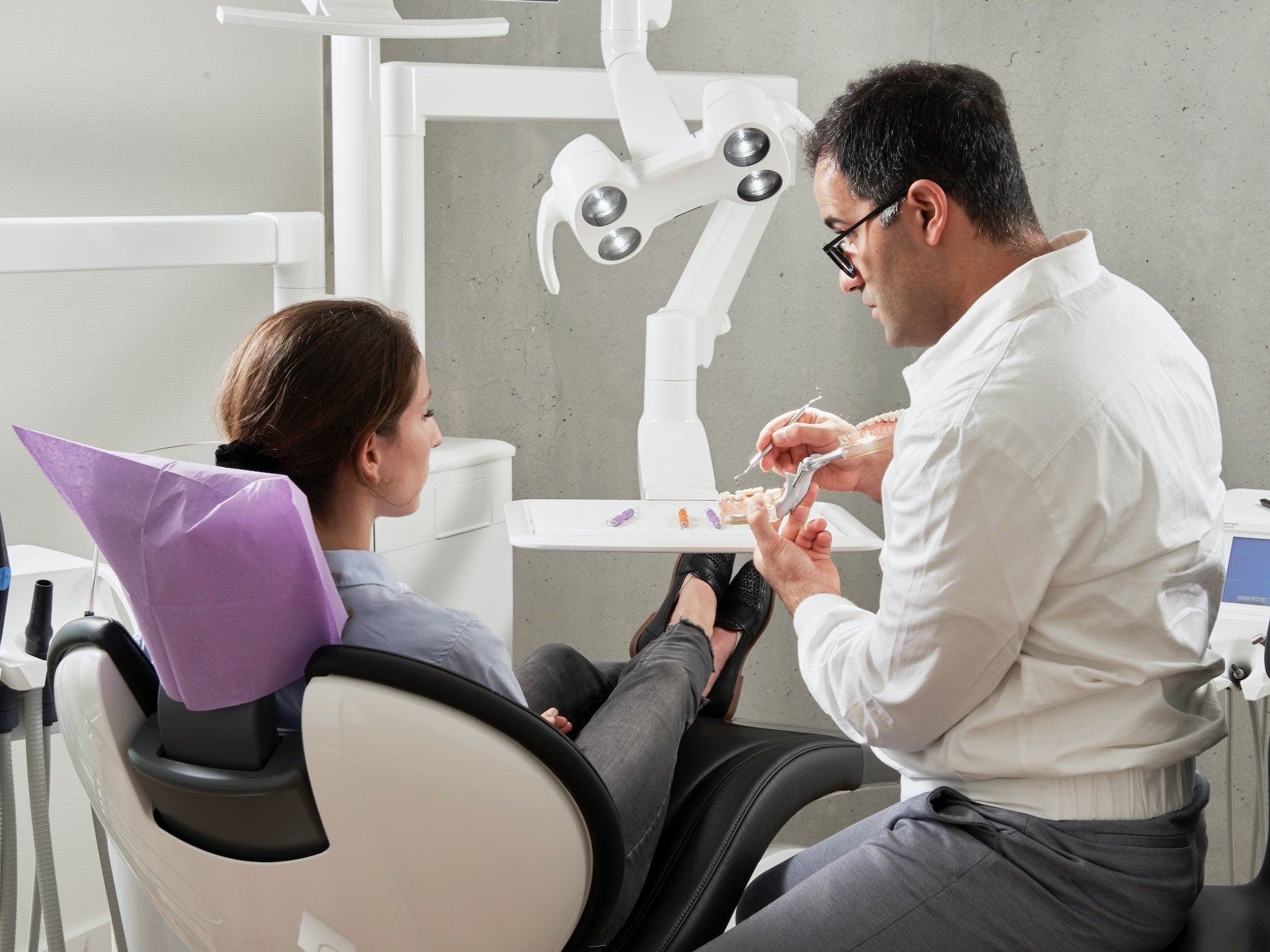

· By Trevor Horne
Why a Saddle Stool Is a Must-Have Tool for Dental Hygienists
Dental hygiene is a profession that requires practitioners to spend long hours sitting while working on patients. As a result, dental hygienists are at risk of developing back pain, neck pain, and other musculoskeletal disorders due to poor posture.
A saddle stool is a must-have tool for dental hygienists as it promotes good posture, reduces strain on the lower back, and enhances the hygienist's comfort. This article will discuss why a saddle stool is a crucial tool for dental hygienists.
1. Saddle Stool Design
A saddle stool is a chair shaped like a horse's saddle. It has a curved seat that is wider at the back and narrower at the front. The saddle stool design promotes good posture as it naturally tilts the pelvis forward, which aligns the spine in a natural position. This design also forces the legs to stay apart, which enhances the hygienist's stability and balance while working.
2. Promotes Good Posture
Maintaining good posture is essential for dental hygienists as it reduces the risk of developing back pain, neck pain, and other musculoskeletal disorders. A saddle stool promotes good posture by aligning the spine in a natural position.
The curved seat of the stool tilts the pelvis forward, which forces the hygienist to sit up straight, with their shoulders back and their chest out. This posture reduces strain on the lower back by evenly distributing the weight of the body on the seat. Good posture also reduces the risk of developing herniated discs, spinal compression, and other back problems.
3. Reduces Strain on the Lower Back
Dental hygienists spend long hours sitting while working on patients, which strains the lower back. The saddle stool design reduces strain on the lower back by evenly distributing the weight of the body on the seat.
Unlike traditional chairs, which place pressure on the lower back, a saddle stool allows the hygienist to sit with their hips in a neutral position, which reduces the load on the lower back muscles.
4. Enhances Comfort
The wider back of the seat provides support to the hips, while the narrower front of the seat allows the hygienist to lean forward comfortably while working. The saddle stool design also forces the legs to stay apart, which enhances the hygienist's stability and balance while working. This reduces the risk of developing fatigue, which is a common problem among dental hygienists due to long hours of sitting.
5. Improved Reach and Visibility
The curved seat of the stool allows the hygienist to lean forward comfortably, which improves their reach while working on the patient's mouth. The saddle stool enhances the hygienist's visibility by raising them slightly higher than traditional chairs. This allows the hygienist to see the patient's mouth and teeth more clearly.
Conclusion
Dental hygienists spend long hours sitting while working on patients, which puts them at risk of developing back pain, neck pain, and other musculoskeletal disorders. This is why a saddle stool is helpful since it reduces the risk of developing these problems by promoting good posture and reducing strain on the lower back.
If you're a dental hygienist looking for a more comfortable and ergonomic seating option, ProNorth Medical has you covered with our selection of high-quality saddle stools. Say goodbye to back pain and hello to improved posture and comfort with our range of saddle stools. Shop now and experience the benefits for yourself!
